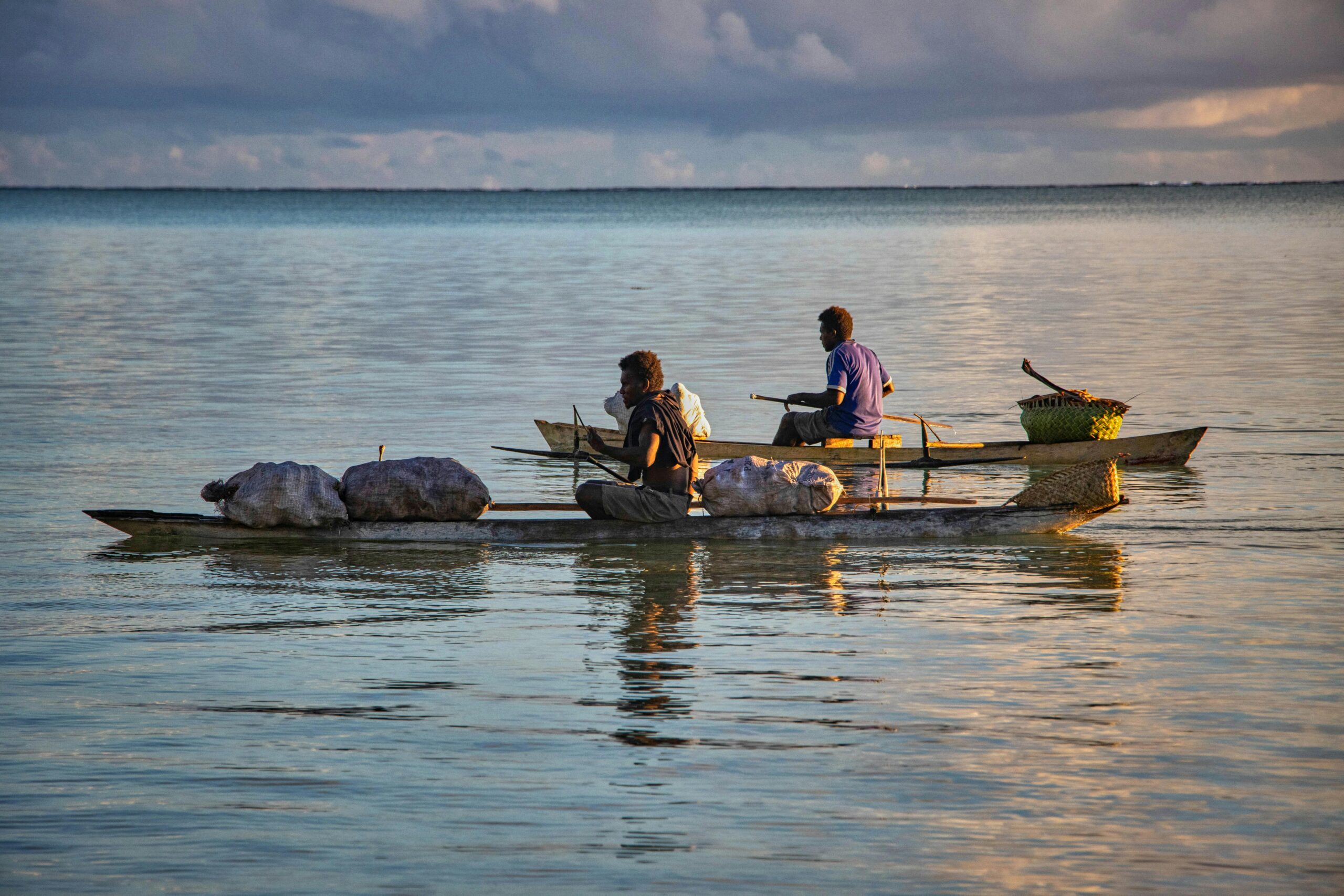Every year, thousands of spiritual seekers journey into the Ecuadorian rainforest hoping for transformation through ayahuasca ceremonies. What began as a sacred Indigenous practice—known locally as hayakwaska—has exploded into a tourism industry that often strips rituals of their cultural depth and endangers both communities and ecosystems.

The Commodification of Sacred Medicine
For Kichwa and other Amazonian peoples, ayahuasca is far more than a hallucinogen—it’s a relational practice woven into social, spiritual, and ecological life. Traditionally led by yachaks (healers), ceremonies focus on communal healing, respect for plant spirits, and reciprocity with the forest. Today, glossy retreat lodges market “authentic” experiences staffed by minimally trained facilitators, turning a complex ritual into a consumer package centered on individual enlightenment.
The Scale of the Tourism Boom
- In 2019 there were over 230 retreat centers across the Amazon basin and Costa Rica, hosting roughly 62,000 visitors and offering more than 210,000 ceremonial sessions.
- Peru alone accounted for about 173 centers and 36,000 participants in some 160,000 ceremonies that year.
- Those figures have climbed steadily with the global surge of interest in plant medicines.
Threats to Biodiversity and Ecosystems
- Overharvesting: Harvesters clear understory plants to expand retreat sites, disrupting forest regeneration.
- Illegal Wildlife Trade: High tourist demand for “authentic” artifacts—like jaguar-tooth pendants—fuels poaching that threatens apex predators and destabilizes ecosystems.
- Pressure on Protected Areas: Ecologically sensitive zones such as Yasuní National Park face unregulated camps, impromptu trails, and erosion from heavy foot traffic.
Cultural Erosion and Spiritual Colonization
- Yachaks Reduced to Guides: Indigenous healers are often cast as mere “tour guides,” their linguistic and cosmological expertise sidelined.
- Ritual Flattening: Complex song cycles, group dynamics, and communal offerings give way to one-on-one “vision quests” and Instagram-friendly soundbaths.
- Language and Worldview Loss: As Western guests interpret ceremonies through individualistic frameworks, Indigenous languages and collective ontologies are further marginalized.

Toward Ethical, Community-Led Practices
- Community Ownership: Retreats managed and owned by local communities, with fair pricing and decision-making authority.
- Cultural Protocols: Mandatory orientation in local languages, respectful dress codes, and participation in village projects before ceremonies.
- Environmental Stewardship: Partnerships with conservation groups to monitor forest health, replant disturbed areas, and enforce anti-poaching zones.
- Benefit Sharing: A percentage of profits directed to health clinics, schools, and land-rights defenses—acknowledging that knowledge keepers bear the greatest risk.
Conclusion
Ayahuasca tourism in the Ecuadorian Amazon stands at a crossroads: continue down an extractive path that commodifies sacred practice and degrades the forest, or pivot to models that honor Indigenous sovereignty, protect biodiversity, and foster genuine intercultural solidarity. The choice will determine whether this ancient vine can remain a source of healing, or become yet another casualty of mass tourism.
Frequently Asked Questions (FAQs)
Q1: How many tourists attend ayahuasca retreats each year?
Pre-pandemic data shows over 62,000 visitors participating in more than 210,000 ceremonies across the region annually.
Q2: What environmental harms are linked to these retreats?
Major issues include overharvesting of key plants, poaching driven by artifact demand, and unregulated camps damaging protected areas.
Q3: Why is “hayakwaska” the preferred term?
“Hayakwaska” reflects the Kichwa name and worldview for the vine’s soul-healing properties; “ayahuasca” is a Spanish coinage often used by commercial operators.
Q4: Can Indigenous communities benefit economically?
Yes—when they control operations. Ethical retreats reinvest in community health, education, and land protection rather than exporting profits.
Q5: How can travelers choose a respectful retreat?
Seek centers with transparent community partnerships, enforceable cultural protocols, environmental certifications, and clear benefit-sharing commitments.
Q6: What role should governments play?
They must license centers for cultural and environmental compliance, enforce anti-poaching laws, and protect Indigenous land rights under national and international law.

Sources The Guardian


